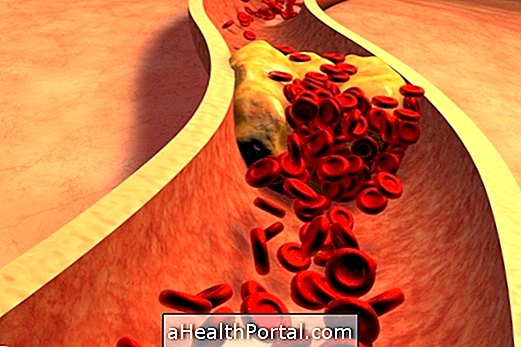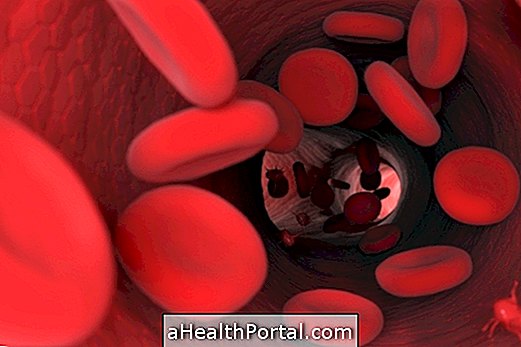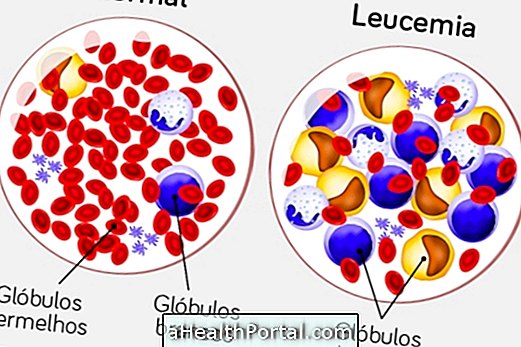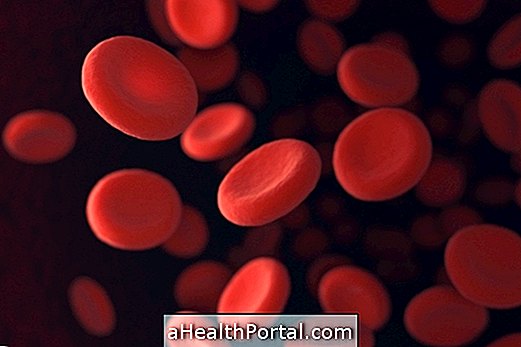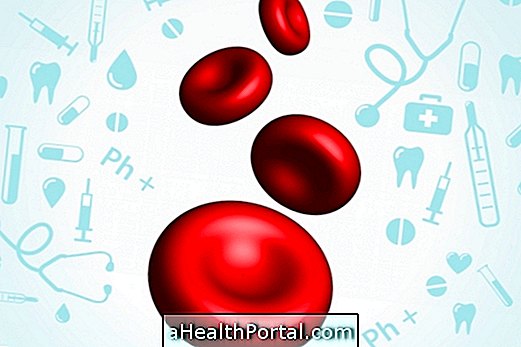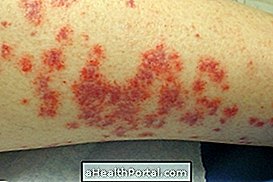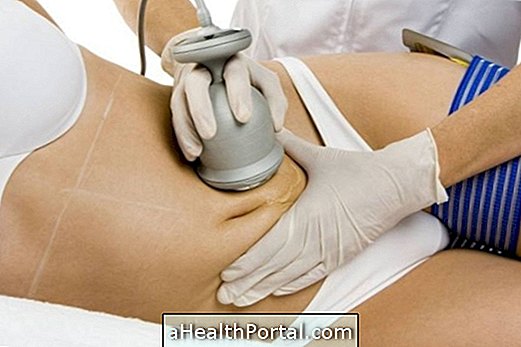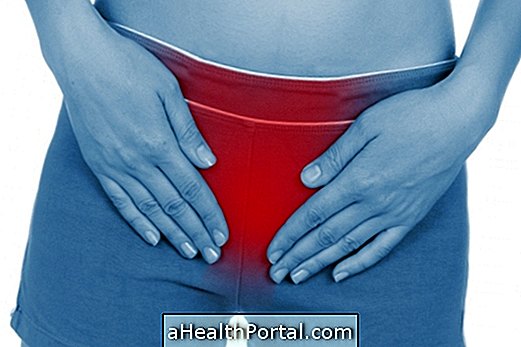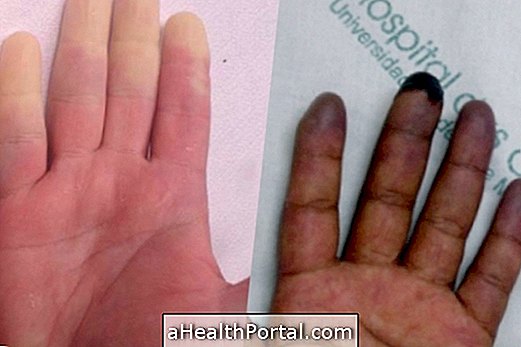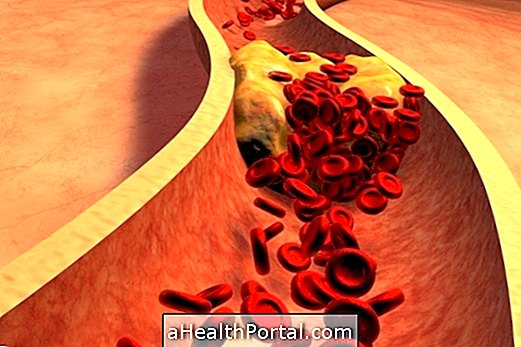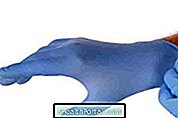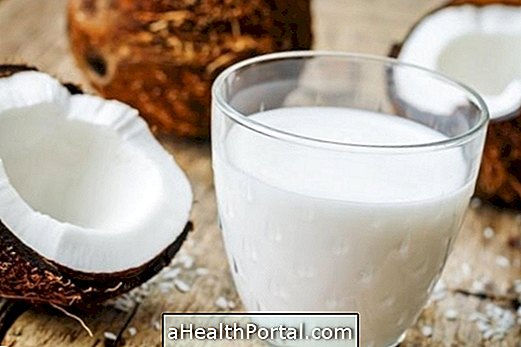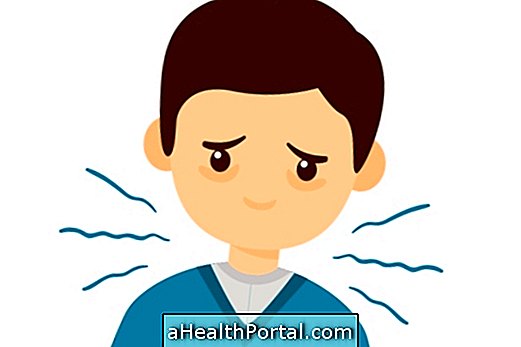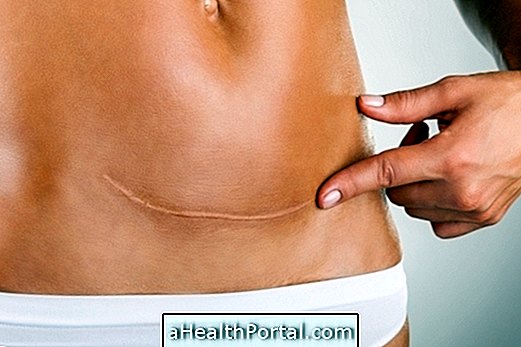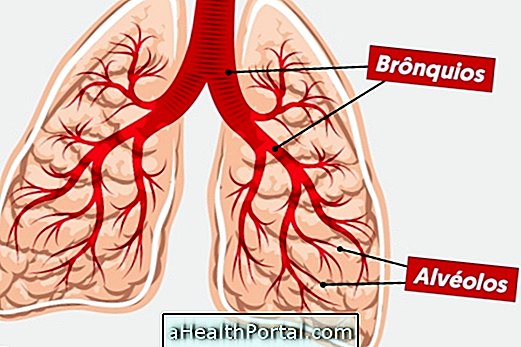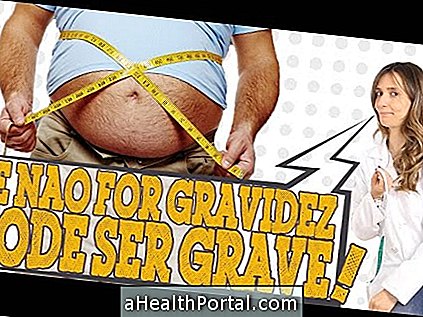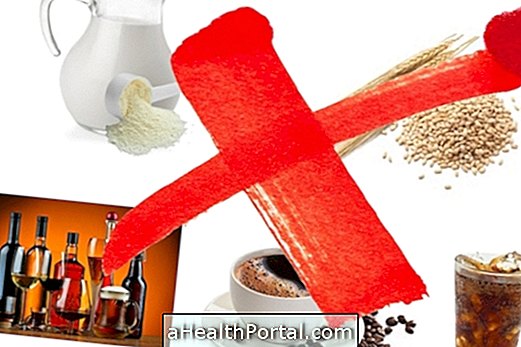Stroke, also known as a stroke or stroke, is the disruption of blood flow to some region of the brain, and this can have several reasons, such as accumulations of fat plaques or clot formation, which give rise to stroke ischemic, or bleeding by high blood pressure and even rupture of an aneurysm, giving rise to hemorrhagic stroke.
When this happens, the sequelae depend on the severity of the brain injury and the appropriate treatment, being common with weakness on one side of the body or difficulty speaking, for example. Therefore, it is important to focus on rehabilitation therapies, to lessen any type of difficulty that has remained. Learn more about key sequels and how to treat.
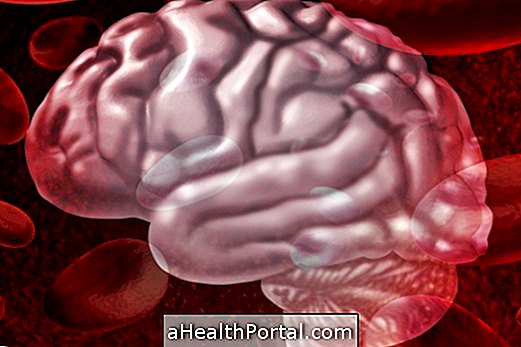
There are several causes for ischemic and hemorrhagic stroke, and it is always possible, for each situation, to adopt behaviors or treatments that, if done correctly, can avoid this situation. The main causes are:
Causes of Ischemic Stroke
Ischemic stroke is caused by obstruction of a vessel that carries blood to the brain, which most often occurs in people over 50, but it is also possible in young people. This can happen due to:
1. Smoking and poor diet
Living habits such as smoking, eating foods rich in fats, fried foods, salt, carbohydrates and sugars, increase the risk of developing accumulation of fat plaques, also called atherosclerosis, in blood vessels in the brain and in vessels that are important for the cerebral circulation. When this happens, the blood can not pass and the cells in the affected region begin to die from lack of oxygen.
How to avoid : adopt a healthier diet with a diet rich in vegetables, fruits and lean meat, besides practicing physical activity at least 3 times a week and not smoking. Check out our habits tips to avoid diseases like stroke and heart attack.

2. High Blood Pressure, Cholesterol and Diabetes
Diseases such as high blood pressure, cholesterol, high triglycerides, obesity or diabetes are the greatest risks for the formation of fat plaques, as well as the development of blood vessel inflammation and heart disease, being important risks for stroke.
How to avoid : Properly control these diseases, with the treatment indicated by the doctor, in addition to adopting healthy life habits, to reduce their negative effects on the body.
Defects in the heart or blood vessels
Changes in the heart, such as an arrhythmia, dilatation or changes in the functioning of the heart muscle or its valves, as well as the presence of a tumor or calcification, contribute to the formation of clots that can reach the brain through the bloodstream.
How to avoid : These types of changes can be detected in routine consultations with the doctor, and if they are detected, they will be followed up and in some cases the use of medicines, such as anticoagulants.
4. Use of illicit drugs
The use of illicit drugs, especially in injectable form, such as heroin, for example, favors injury and spasms in the blood vessels, which can contribute to the formation of clots and hence stroke.
How to avoid: In these cases, it is recommended that you seek help from a drug center so that you can do the detoxification process and thus contribute to a person's quality of life and decrease the chances of stroke.
5. Other causes
Other less common conditions for the occurrence of a stroke, and which should be suspected, especially when it occurs in young people, are diseases that cause more blood clotting, such as lupus, sickle cell anemia or thrombophilia, for example diseases that inflammation of the blood vessels, such as vasculitis, or cerebral spasms, for example, that prevent the flow of blood.
Treatment in a CVA condition, regardless of the cause, should be started as soon as possible, even in the emergency room, with the use of drugs to aid the return of blood flow, such as ASA, clopidogrel, thrombolysis and blood pressure control. vital data. Learn in more detail how stroke treatment is done.

Causes of hemorrhagic stroke
Hemorrhagic stroke occurs when there is bleeding within the brain or the meninges, which are films that involve the brain. This type of stroke can occur in both the elderly and young people, and the main causes are:
1. High pressure
Very high blood pressure can rupture some of the vessels in the brain, which is the main cause of hemorrhagic stroke. It usually happens in people who have very high blood pressure peaks because they do not treat hypertension.
How to avoid : It is necessary to have a medical follow-up for check-up examinations and to check if you have high blood pressure and, if confirmed, to make an adequate treatment and control of the disease, preventing its effects on the body.
2. Head injury
Cranioencephalic trauma, which can happen in traffic accidents, is an important cause of stroke, as it can cause bleeding in and around the brain, being a very serious and life-threatening situation.
How to avoid : It is important to always worry about safety in different situations, such as wearing a car seat belt or using personal protective equipment at work, for example.
3. Cerebral aneurysm
The presence of an aneurysm or other malformations of blood vessels within the brain, increase the risk of rupture and bleeding, especially when its size increases with time.
How to avoid : This type of alteration is most commonly discovered accidentally, when CT or MRI scans are done for other causes. However, an aneurysm may be suspected in the presence of symptoms such as frequent and worsening headache, seizures, or weakness and tingling of some part of the body, for example.
4. Use of anticoagulants
Anticoagulant remedies are very important in a number of diseases, such as arrhythmias, thrombosis or heart valve disease, for example, however, if used in the wrong way or if the person is not cared for, by increasing the risk of bleeding, including inside the brain.
How to avoid : regular medical follow-up to control blood clotting and to do routine checkups. Also avoid situations of risk for blows, such as falls.
5. Other causes
Other less common causes for hemorrhagic stroke may include conditions that make blood clotting difficult, such as hemophilia and thrombocythemia, inflammation of small cerebral vessels, called amyloid angiopathy, degenerative brain diseases such as Alzheimer's, illicit drug use, cocaine and amphetamine, and brain tumor, which increases the risk of bleeding.
A hemorrhagic stroke should also be treated as soon as possible, at the emergency room, with control of vital data, and if necessary with surgery, to reduce the risk of life and the formation of sequelae.

Does the stroke have a cure?
Stroke has no cure, however, can be prevented in most cases, or when it is possible to invest in treatments for improvement of the condition and rehabilitation to leave fewer sequelae.
In addition, it is possible for the body to recover largely or completely from the symptoms and difficulties that arise with stroke, which also depends on a follow-up with a neurologist, and the performance of a rehabilitation, with:
- Physiotherapy, which helps to recover the motor part and to develop the movements;
- Occupational therapy, which stimulates the preparation of strategies to reduce the effects of day-to-day sequelae of stroke, adaptations of environment and utensils, as well as activities to improve reasoning and movement;
- Physical activity, preferably under the guidance of the physical educator, to strengthen the muscles and assist in the independence, balance and well-being of the person;
- Nutrition helps prepare food in the right amount, type and consistency for each person;
- Speech therapy is important in cases of difficulty swallowing food or communicating, helping to adapt to these situations.
Thus, even if the sequelae of stroke does not diminish or recover rapidly, it is possible to improve the quality of life of the person living with this situation.
